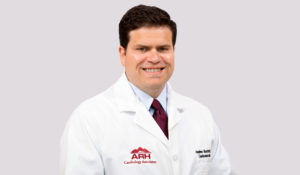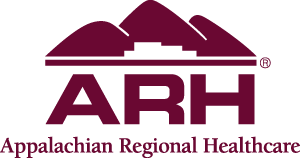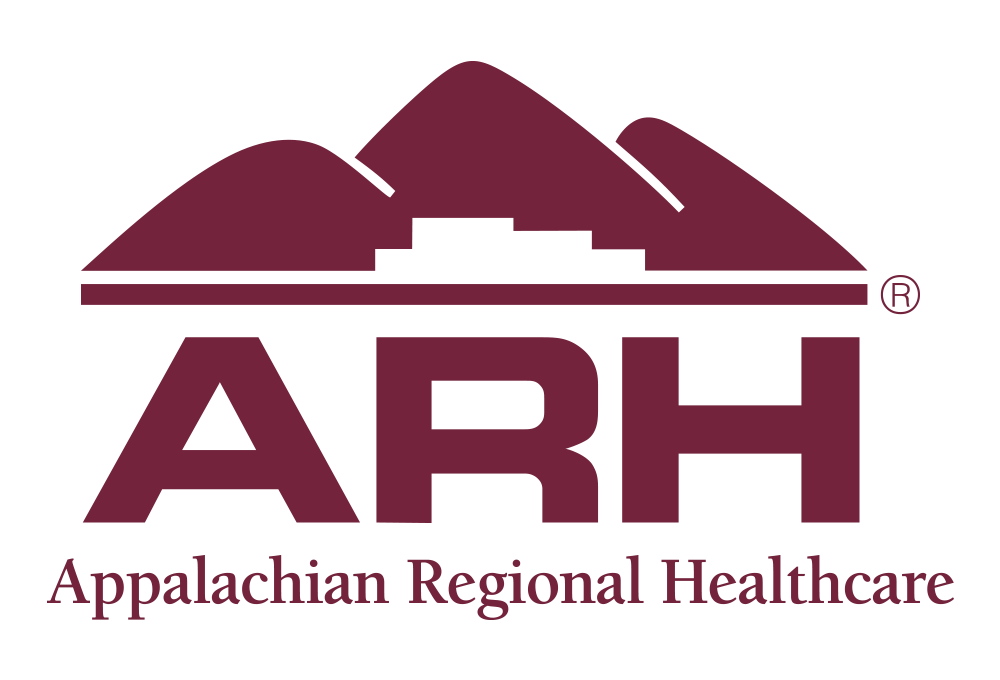Take steps to monitor your blood pressure October 17: World Hypertension Day
According to the American Heart Association, nearly half of U.S. adults have high blood pressure (BP) and 45.6% of those with high BP do not have it controlled. Uncontrolled BP can lead to heart attack, stroke, heart failure and other serious life threats.
With World Hypertension Day being on October 17 this year, people around the globe will focus on the importance of monitoring their blood pressure. The International Society of Hypertension (ISH) noted that in the year 2000, the estimated number of adults living with high blood pressure globally was 972 million. This number is expected to increase to 1.56 billion by 2025! Lifestyle factors such as physical inactivity, a salt-rich diet with high processed and fatty foods and alcohol and tobacco use, are reasons for the increase of disease.
 “Hypertension is a known as the silent killer,” states ARH Cardiologist Andrew Burchett, MD. “Patients are usually asymptomatic; however, over a period of several years, hypertension leads to serious issues including cardiovascular disease, cerebrovascular disease and kidney disease. Management of hypertension over a prolonged period of time can help prevent these issues.”
“Hypertension is a known as the silent killer,” states ARH Cardiologist Andrew Burchett, MD. “Patients are usually asymptomatic; however, over a period of several years, hypertension leads to serious issues including cardiovascular disease, cerebrovascular disease and kidney disease. Management of hypertension over a prolonged period of time can help prevent these issues.”
The American Heart Association (AHA) recommends that you check your blood pressure regularly. Note that when taking your blood pressure, your readings are shown as two numbers, typically written as a ratio, that represent different measurements.
The AHA defines blood pressure numbers as follows:
Systolic: The top number and also the higher of the two numbers. This number signifies the pressure in the arteries when the heart beats (when the heart muscle contracts). Diastolic: The bottom and lower of the two numbers. It measures the pressure in the arteries between heartbeats (when the heart muscle is resting between beats and the heart refills with blood).
What is considered normal blood pressure or high blood pressure? View the chart for a quick look at blood pressure categories defined by the AHA.
If you check your blood pressure regularly and notice your numbers are getting higher, make an appointment with your physician. If high readings continue, then your physician will make a high blood pressure diagnosis.
“Aggressive management of hypertension is critical in patients that already have cardiovascular disease and in patients who are at high risk for developing cardiovascular disease,” explains Dr. Burchett. “Patients at high risk may include those with a significant family history of premature cardiovascular disease, diabetes, smoking, in addition to multiple other risk factors that can be identified by your physician.”
According to Dr. Burchett, hypertension sometimes can be managed with lifestyle modifications such as increasing physical activity, weight loss through diet and exercise, restricting salt intake, tobacco cessation, reduction in alcohol intake, and stress management. However, in many cases, medications are necessary to help manage hypertension.
For more information on high blood pressure go to this link: https://www.heart.org/en/health-topics/high-blood-pressure/understanding-blood-pressure-readings/monitoring-your-blood-pressure-at-home. If you have been monitoring your blood pressure and need to locate a physician or cardiologist near you, go to www.arh.org.
CHART: Reading Blood Pressure Numbers
| Blood pressure category | Systolic mm Hg (upper #) | Diastolic mm Hg (lower #) | |
| Normal | Less than 120 | and | Less than 80 |
| Elevated | 120-129 | or | Less than 80 |
| High blood pressure (Hypertension) Stage 1 |
130-139 | or | 80-89 |
| High blood pressure (Hypertension) Stage 2 |
140 or higher | or | 90 or higher |
| Hypertensive crisis (Emergency care needed) |
Higher than 180 | or | Higher than 120 |
Source: American Heart Association



